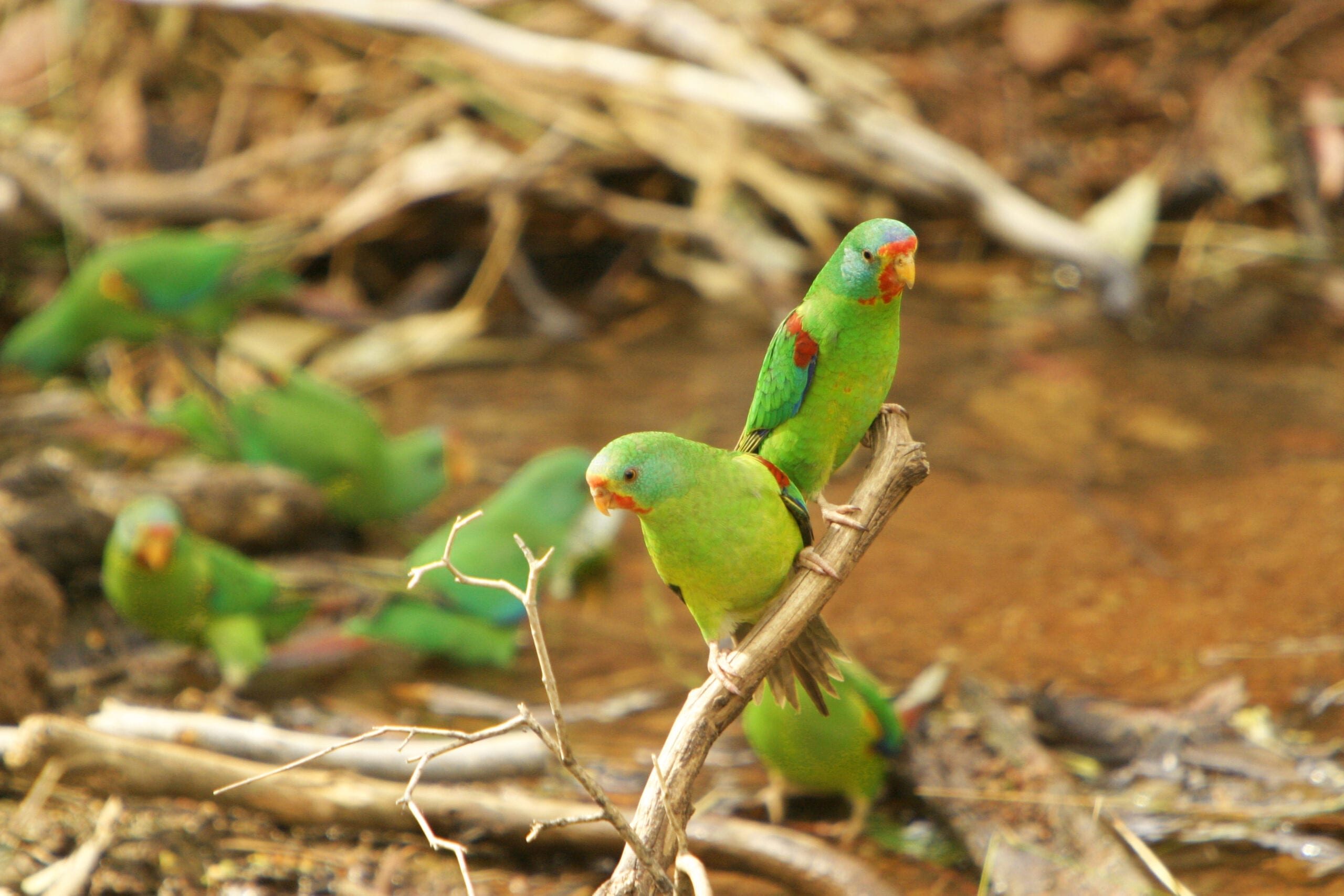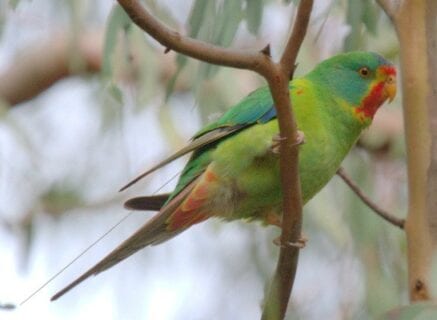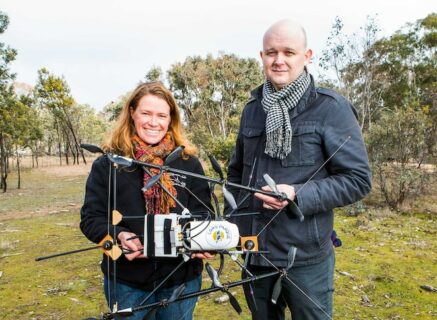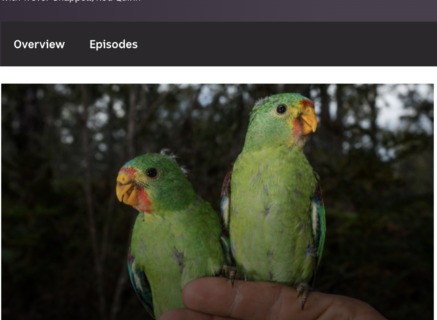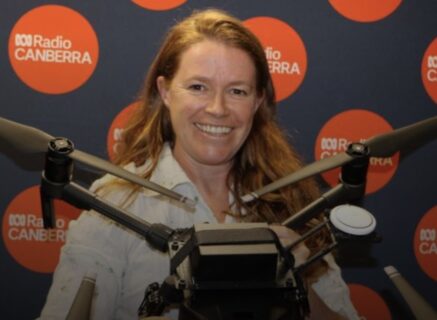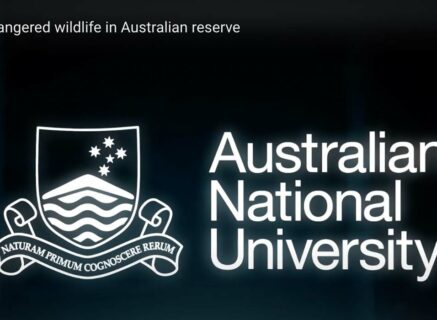Dirk Hartog Island returns to 1616: Hare Wallabies, Shark Bay Bandicoots & more
ENDANGERED SPECIES
Wildlife Drones has been working with the Western Australia Department of Biodiversity, Conservation and Attractions (DBCA) on the restoration of Dirk Hartog Island.
Project Return to 1616 aims to restore Dirk Hartog Island’s ecology back to its pre-European settlement state. This has involved removing all feral animals in order to safely reintroduce native wildlife that had previously gone extinct from Island.
In 2019, Wildlife Drones was invited by the DBCA to Dirk Hartog Island. Here, we tracked recently reintroduced Banded and Rufous ‘Mala’ Hare-Wallabies with our innovative radio-tracking drone technology. The success of the reintroduction program was immediately obvious when all radio-tagged female hare wallabies were carrying young.
Since then, the DBCA has been using our wildlife tracking technology to monitor more reintroduced species, such as the Shark Bay Bandicoot.
With Wildlife Drones, we have saved the researchers immense amounts of time and effort. In just a single flight, they can radio-track up to 40 animals simultaneously and rapidly cover large areas. This means that they can better monitor the wellbeing of all the animals as more species are reintroduced over time.
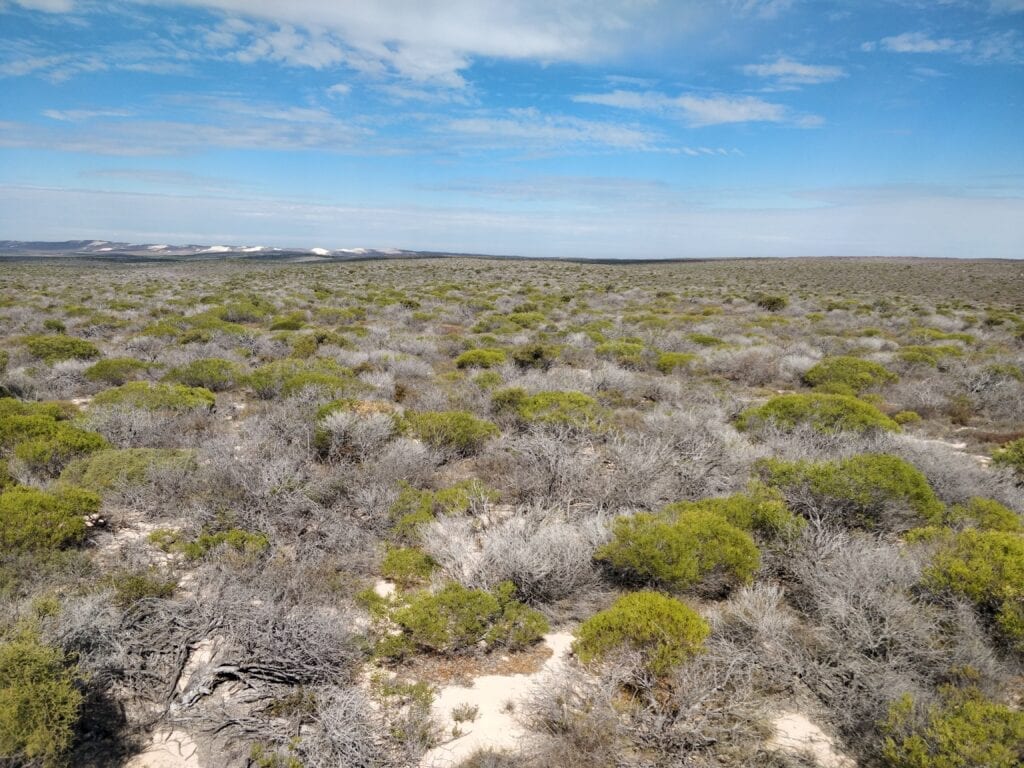
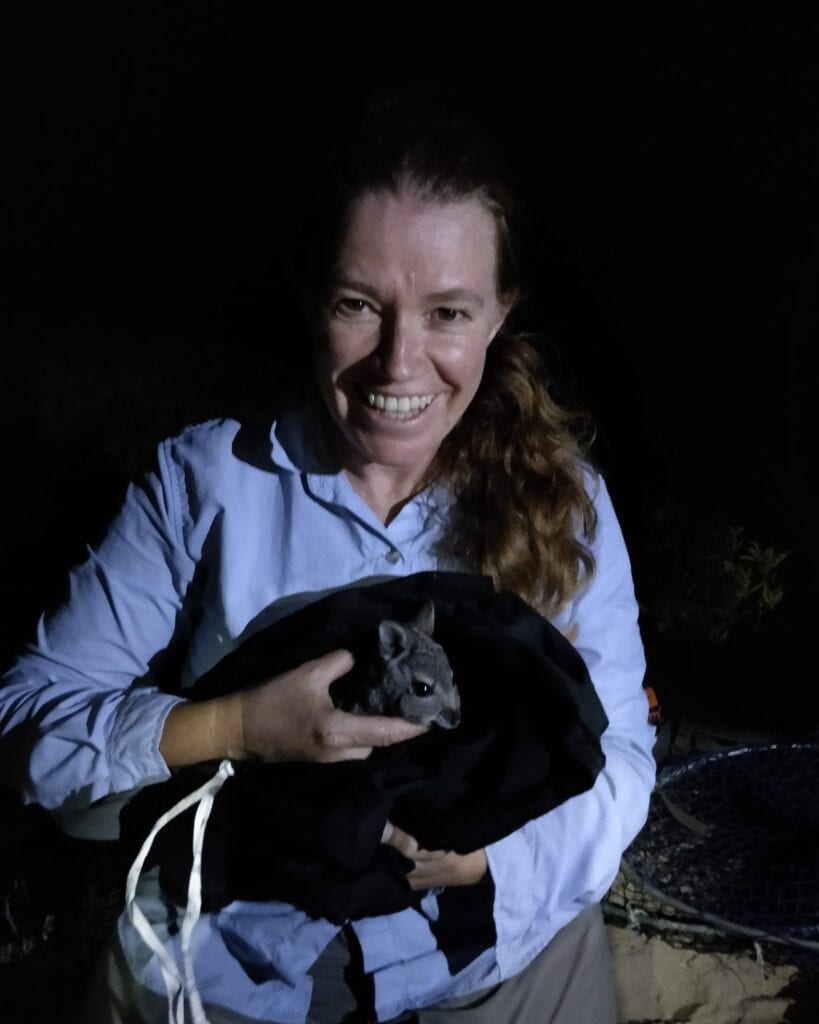
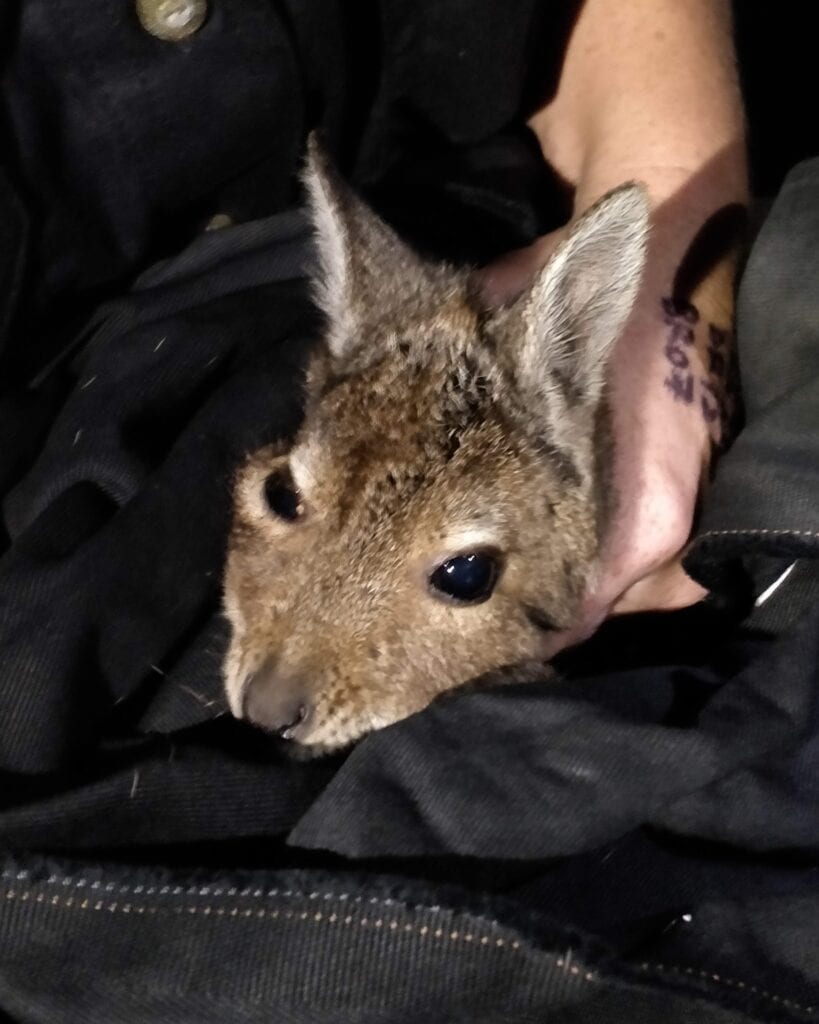
Categories: #ThreatenedSpecies


